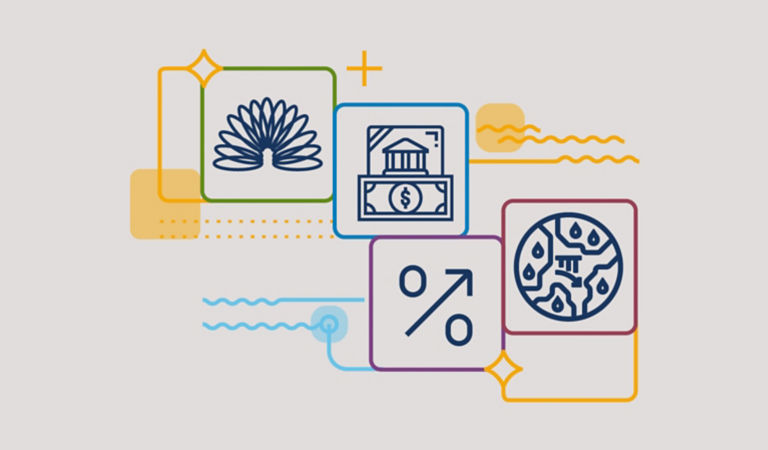In my full-year outlook for 2023, I advocated for a neutral risk posture in global high-yield portfolios, while maintaining sufficient liquidity to be able to take advantage of potential market dislocations. With recession risks growing, that remains my base case as of this writing. However, given the current composition of the market and its relative lack of imbalances, I don’t expect high-yield spreads to widen significantly to the levels observed during some past credit cycles.
The macro picture: Recession risk looms larger
While the pace of inflation has decelerated somewhat, it is still unclear where it will ultimately settle and when global central banks might be able to pivot to more accommodative monetary policies. Labor market conditions and wage growth will likely continue to influence central bankers’ decision-making processes, but the recent tightening in lending standards is apt to garner their increased attention in light of ongoing banking-sector stresses. Consumer spending has held up better than anticipated, buoyed by excess savings depletion and housing wealth, but downside risks to consumer health could surface in the second half of 2023. I think there is a reasonable chance of a mild global recession later this year, with mounting tail risks of a more severe economic slowdown.
Expect deteriorating fundamentals but not a full-on default cycle
Corporate fundamentals in the high-yield space are currently solid overall, based on elevated interest coverage and relatively low leverage, but look likely to deteriorate in the coming quarters as lagged monetary-policy effects work their way through the global economy. While my latest forecast is for high-yield default rates to increase toward their long-term average (~4% – 5%) over the next year, I do not see a full-scale default cycle on the horizon. One factor that should help limit the number of defaults going forward is the generally strong quality composition of the high-yield market, less than 9% of which was CCC rated (the lowest quality tranche) at last check, versus nearly 17% just before the 2008 global financial crisis.
Banking-sector stresses are creating dislocations
Recent concerns around liquidity in the banking sector and the viability of Additional Tier 1 (AT1) securities have created market dislocations and potential investment opportunities across the bank capital structure. However, despite the ongoing pressures facing the beleaguered sector, I continue to believe AT1 securities may offer investors attractive total return prospects. Core European banks and regulators alike have affirmed the important role these bonds can play in the bank capital structure and in the broader market. I expect further performance dispersion across the AT1 sector, as close scrutiny will now be placed on each individual issuer and structure. I believe an extended period of market dislocations and higher funding costs could have a disproportionate impact on lower-quality banks. At this time, I therefore favor AT1s issued by the highest-quality European banks.
Valuations appear reasonable but await better entry points to add risk
Despite a prolonged period of low global interest rates having recently come to an end, I do not observe some of the same excesses (high leverage, misallocation of credit, loose covenants) in today’s high-yield market that preceded many past turning points in the credit cycle. However, I am on the lookout for emerging stresses in other credit-market sectors (e.g., real estate, private middle-market credit) that appear especially vulnerable these days and what the spillover effects to the high-yield market might be.
As of April 30, global high-yield spreads and yields were perched meaningfully higher than they were just a year prior (Figure 1). While I do not yet believe current spread levels adequately compensate investors for a likely impending economic slowdown, as the year goes on, I suspect further bouts of market volatility may present opportunities for high-yield allocators to tactically increase their risk exposure at potentially more attractive valuations.













